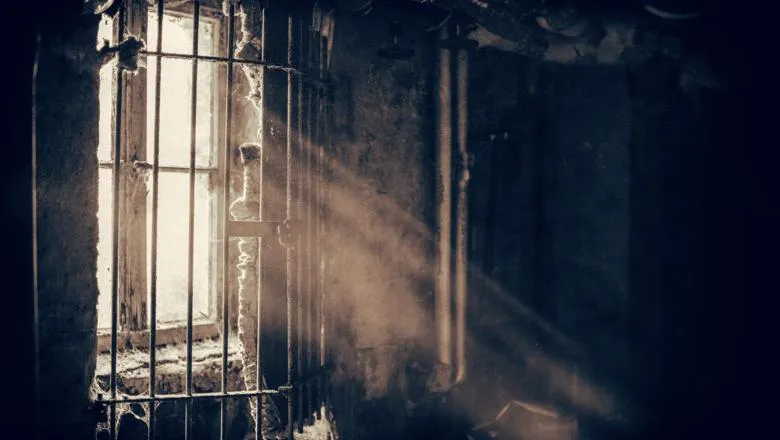07 December 2021
How victims of Soviet-era gulags are shaping prosperity
The Soviet network of gulags may have been set up to dismantle the wealthy bourgeois and intellectual classes but, according to a new study, the practice has had one unintended consequence – greater prosperity for areas that were formerly home to the forced labour camps.

The regions surrounding former gulags which housed a higher percentage of so-called ‘enemies of the people’ – the wealthy and educated – are now richer and have benefitted from the human capital of those ex-prisoners who remained in the area.
The findings were revealed in a new paper authored by Dr Pierre-Louis Vezina, from the Department of Political Economy at King’s College London, and Dr Gerhard Toews, from the New Economic School.
The researchers said: “We argue that the education transferred from forcedly displaced enemies of the people to their children and grandchildren partly explains prosperity across localities of Russia.
“Our paper can be seen as a natural experiment that identifies the long-run persistence of higher education and its effects on long-run prosperity. Sadly, it also highlights how atrocious acts by mad individuals can shape the development path of localities over many generations.”
The gulag system saw more than 11 million people imprisoned and forced to work at camps located across the Soviet Union, with the practice persisting for almost 40 years following the Russian Revolution of 1917.
Enemies of the people accounted for about 30 per cent of those imprisoned. As a result, the gulag had a more educated population than the rest of the USSR. In 1939, the share of gulag prisoners with a university education was 1.8 per cent, three times higher than in the Soviet Union as a whole, according to the Soviet census of the same year.
When the gulag system began to be dismantled following the death of Josef Stalin in 1953, many former prisoners remained in the areas near to their incarceration, having lost social and familial links with their former homes.
In the decades that have followed, these areas around gulags which had a higher share of enemies of the people are richer today, as measured by firms’ wages and profits, as well as night lights per capita – an indicator of wealth. The descendants of enemies of the people are also more educated.
Read the study in full here. You can read a summary of the study in The Economist here.

